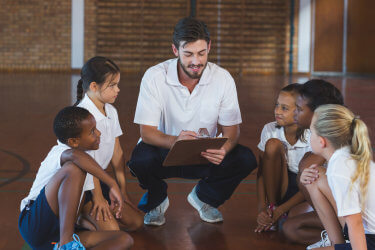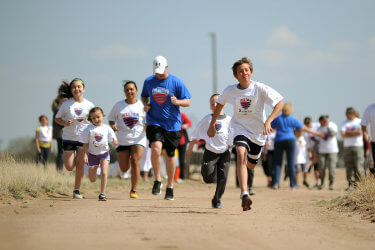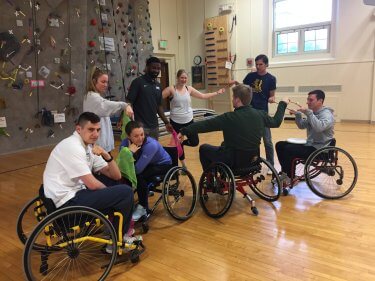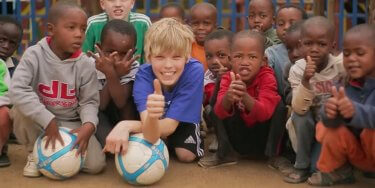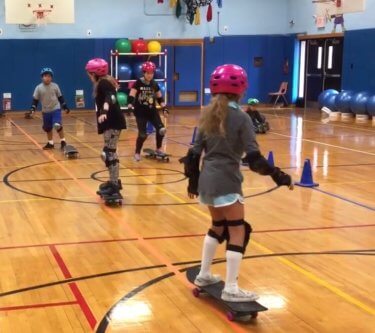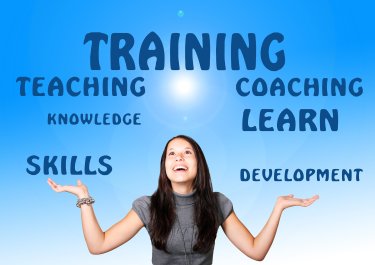“50 Million Strong by 2029 (50MS) is a vision – a world in which healthy choices and being physically active are the norm for America’s youth” (Jefferies, 2017). But ensuring that all 50 plus million children living in the United States regularly engage in physical activity will require change. Physical activity engagement can no longer be limited solely to those who have historically had the socio-economic or cultural privilege to participate.
To meet the 50 Million Strong goal, intentional efforts will be necessary to engage those that – for a myriad of reasons beyond the scope of this writing – have historically and culturally been excluded, or have self-selected exclusion from participating in physical activity for the purposes of enjoyment, socialization, and wellness. Truly meeting the goal of engaging 50 million young people in regular physical activity demands that attention be paid to both engagement strategies as well as reasons why people from under-represented groups all-too-often avoid engaging in physical activity.
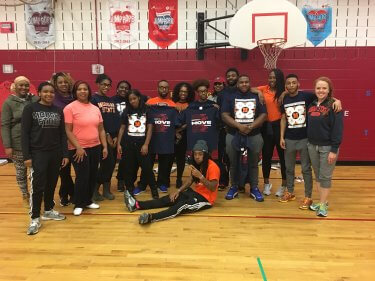
Cultural fluency (CF) is an important consideration when addressing opportunities, concerns, and approaches to successfully engage individuals and groups who have historically and/or personally been unable or disinterested in participating in physical activity. CF is an on-going process of critical reflection focused on accurately interpreting intercultural interactions. These interactions may be between individuals, groups, interpretations of data, or place-making experiences. Importantly, progress in developing the habits of mind critical for cultural fluency requires humility in understanding that irrespective of the person’s cultural identity, there are a host of socially constructed privileges and oppressions that need to be recognized.
